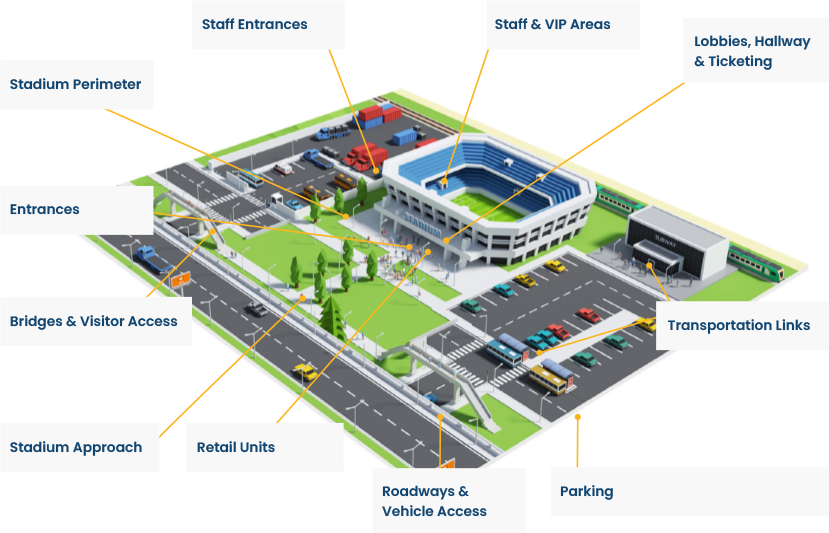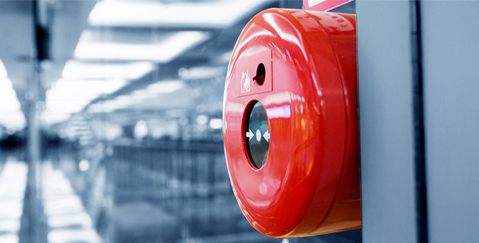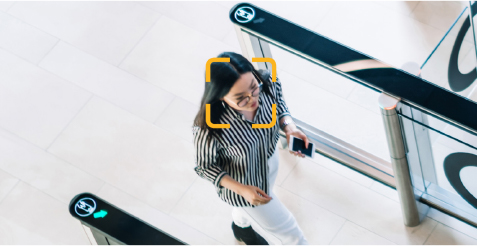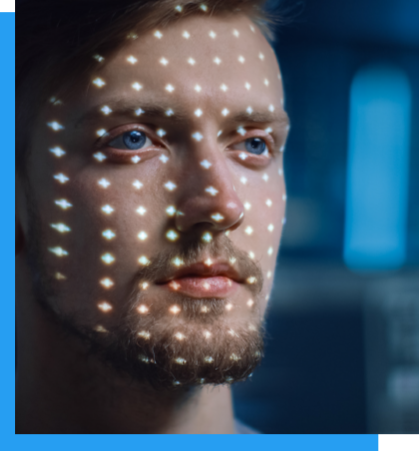Not a new phenomenon.
“Better to be a Pagan than a Blue, God Knows!” This was the chant of the Greens, a group of chariot racing fans in Constantinople. The year was 532 AD and these fans were united by an aggressive brand of Christianity, finding their identity in uniform colors and organized seating.
On the other side, the Blues. The Blues represented the ruling classes and backed the religious orthodoxy. The Blues and the Greens would riot for days, resulting in tens of thousands of casualties as well as the destruction of major government office buildings and the great church of Holy Wisdom.
Thus, today’s headlines are nothing new.
But they seem to have been amplified in the Covid era. Fan violence has erupted around the globe and across a variety of sports, including baseball, basketball, hockey, and even cricket. And for reasons nobody can entirely pin down, some of the fans who have come through the turnstiles have forgotten how to behave. The more people packed into an emotionally charged venue, the more likely it is that something will go wrong.
Here’s just a smattering of headlines that have become all too familiar:







 If you can identify them early, you have a much better chance of taking proactive measures to protect the safety of everyone.
If you can identify them early, you have a much better chance of taking proactive measures to protect the safety of everyone. 



























